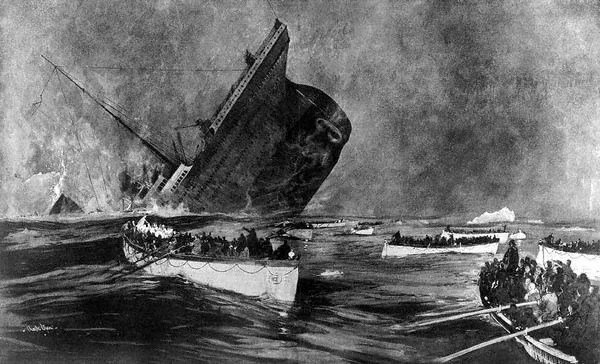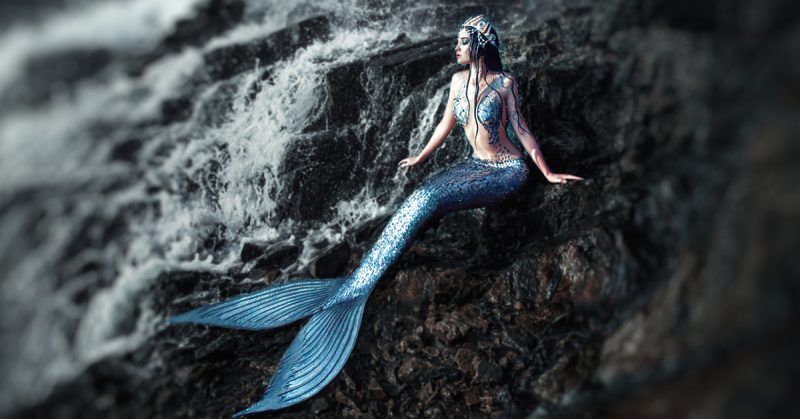The plane was cold and the engines were loud inside the cabin. Ben Cournia slipped in foam earplugs to drown out the noise. Tendrils of light were just starting to lace the morning clouds as the C-130 Hercules, gleaming white with the U.S. Coast Guard’s telltale orange bands near the cockpit and tail, climbed above Air Station Clearwater into the sky above Florida, heading south, then east.
The heavy-browed Minnesotan glanced around the cabin, where guys were settling in for the three-hour flight to what had to be one of the loneliest outposts of the Coast Guard: a glorified sandbar otherwise known as Great Inagua Island, Bahamas. Their home for the last couple of weeks of September 2015.
Cournia, 36 and married ten years, palmed his phone and looked at the last text from his wife: “Be safe,” she wrote.
Ha, no problem, he thought. Two weeks of tropical boredom. As a member of a four-man helicopter flight team, he always envied the rest of the crew on these deployments. The pilots would get to fly their beloved Jayhawks on patrol over the Caribbean. The flight mechanics tinkered with whatever it was they tinkered with. But a rescue swimmer like Cournia? He’d be lucky if he got his feet wet. He’d settle for hitting the weights, getting some running in. At night he’d grill steaks and maybe bake cookies as consolation.
A few seats over, Dave McCarthy, a 36-year-old helicopter pilot, pressed “play” on a country-music mix—Kenny Chesney, Toby Keith—and leaned his head back. This would be his first deployment to Great Inagua. His co-pilot, 28-year-old Rick Post, also a lieutenant, sat nearby. He tended to like these postings. They were like two-week camping trips that—despite the wildly different terrain—reminded him of growing up outdoors in Nebraska. Likewise, the fourth member of the Jayhawk crew, Joshua Andrews. A flight mechanic days away from his 32nd birthday, with jug ears and a wide smile, Andrews knew there wasn’t much to do with his downtime except go snorkeling and get in some fishing. Which sounded pretty good to him.
Below them, the Florida Straits opened wide. One big cerulean highway thick with the traffic of freighters, towering cruise ships, rusty fishing trawlers, smugglers of drugs and humans, all ferrying their goods back and forth. All expecting smooth, profitable journeys.
It was late September, the tail end of that ominous June-to-November hurricane season during which those who live and work in the tropics and subtropics exist in a state of magical thinking, lulled into a sense of safety by previous years’ inactivity. But the waters of the world’s oceans are warming, and the dangers are growing. The prime conditions for stronger, stranger storms are becoming more common. On this particular day, as the giant C-130 began its descent, the clear waters of the Bahamas were around 86 degrees, about 2 degrees warmer than usual. It was a small variation that ten days later would have a big impact.
The plane banked hard over the landing strip, scaring off the wild donkeys that stray onto the tarmac. On the ground, the heat enveloped the men like a warm bath as soon as they stepped off the aircraft. As they marched toward the hooches—their four bunk dorms—they passed a newly constructed hangar and a plaque commemorating the old one, destroyed in 2008 by Hurricane Ike. It had taken five years to rebuild this little outpost. But the Coast Guard was determined. A tiny island of about 900 people, Great Inagua sits along the Windward Passage—the strait between Cuba and Haiti—a location that makes it the ideal spot from which to run anti-narcotic-smuggling patrols. That it also puts the Coasties on a well-paved route for hurricanes is a coincidence for which they prepared. The hangar’s doors, 28 feet high and over a foot thick, were fashioned from cast concrete; the building could withstand hurricane winds of 180 miles per hour. On an island where nothing much seemed to happen, the Coast Guard nevertheless built a fortress with the expectation that someday something would.
Monday, September 28, 2015, dawned cloudless in South Florida. The night before, forecasters watching the skies from a concrete bunker just outside Miami had seen something interesting: a low-pressure system 400 miles southwest of Bermuda. To the experts at the National Hurricane Center, it looked like the germ of something. Winds were blowing at about 35 miles per hour, but the forecasters didn’t seem concerned. “Little change in strength is forecast during the next 48 hours,” one of them wrote at 11 P.M.
Maybe it would turn into a storm, but probably not much more. Major hurricanes don’t usually originate in the mid-latitudes. They typically come from the trade winds that blow off the western coast of Africa into the Caribbean, where there is warm water to fuel big tempests. Even if the gathering winds became a storm, projections showed it staying far from land—it looked to the forecasters like it’d curve harmlessly to the north.
Still, Captain Rich Lorenzen, commanding officer back at the Coast Guard’s Air Station Clearwater, likes to say that when it comes to weather, as soon as a puff of air wafts off Africa’s coast, he’s watching. The formation—named Tropical Depression 11—was in his briefing when he came into the office on Monday.
That same morning, along the Miami River, the 12-member crew of a freighter named Minouche was getting ready to cast off. The Minouche, 212 feet long with two cargo booms sprouting mid-deck, was tied up at Caribbean Shipping, a modest docking operation in a neighborhood of metal-recycling shops and warehouses. The 35-year-old Bolivian-flagged vessel was captained by a Filipino named Renelo Gelera. The Minouche was operated by a tiny firm called Eva de Shipping (in some of the paperwork the name was elided to the unfortunate “Evade Shipping”). The Minouche was the company’s only vessel, and the corporate office was listed as the dock in Miami where the ship kept a slip—in other words, the company was the ship itself. Every month or so, the Minouche made a run from Miami to Haiti. The plan this particular Monday was to set off for Port-de-Paix with a cargo of construction materials, food, bicycles, car parts, refrigerators, and groceries. By late morning, two tugs had arrived to tow the Minouche down the black sheen of the Miami River, out into Biscayne Bay. From there the course was southeast to Haiti. Looking out from the deck, the crew had no reason to think they wouldn’t arrive by Thursday, just as scheduled. The skies were clear. The sun was out. It was a calm end-of-summer day.
But up north, more than 500 miles out in the Atlantic, the winds of Tropical Depression 11 were increasing. By nightfall they were blowing at 40 miles per hour, strong enough to earn the storm a name and an upgrade: Meteorologists were now watching Tropical Storm Joaquin.







Leave A Comment